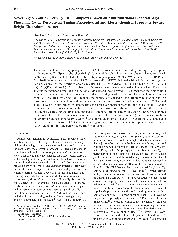摘要
Three functional bidentate aryl phosphine oxide (APO) derivatives characterized by two diphenylphosphine oxide moieties [2-(diphenylphosphoryl)-N-(2-(diphenylphosphoryl)-4-tnethoxyphenyl)-4-methoxy-N-(4-methoxyphenyl)aniline (TMOADPO), 3,6-bis(diphenylphosphoryl)-9-ethyl-9H-carbazole (EtCzDPO), and 3,6-bis(diphenylphosphoryl)-9-phenyl-9H-carbazole (PhCzDPO)] bridged with a hole-transporting arylamine, as well as their tertiary complexes [Eu(TTA)(3)(TMOADPO)(2) 1, Eu(TTA)(3)(EICzDPO)(2) 2, and Eu(TTA)(3)(PhCzDPO)(2) 3 (TTA = 2-thenoyltrifluoroacetonate)], were designed and synthesized. The strong absorption antennae effect of the functional APO ligands was proved. It is shown that their more rigid structure and chelate coordinate mode impart a decreased degree of freedom and form much more compact complex structures, which not only reduces the energy loss caused by the structure relaxation but also restrains the solvent quenching and facilitates the energy transfer from the APO ligands to Eu3+. Thermal analysis was also performed to demonstrate the improved thermal stability and phase stability of the complexes. CV analysis not only indicated excellent carrier-injection ability but also showed the feasibility to tune it by adjusting the kinds and number of functional groups and by designing alternative complex structures. All of the complexes exhibited excellent electroluminescent (EL) performance, such as maximum brightness around 1000 cd m(-2), an external quantum efficiency (EQE) around 3%, and stable monochromic red emission at 614 rim. Our investigations demonstrate the potential application of bidentate APO ligands in high EL performance Ed(3+) complexes.
